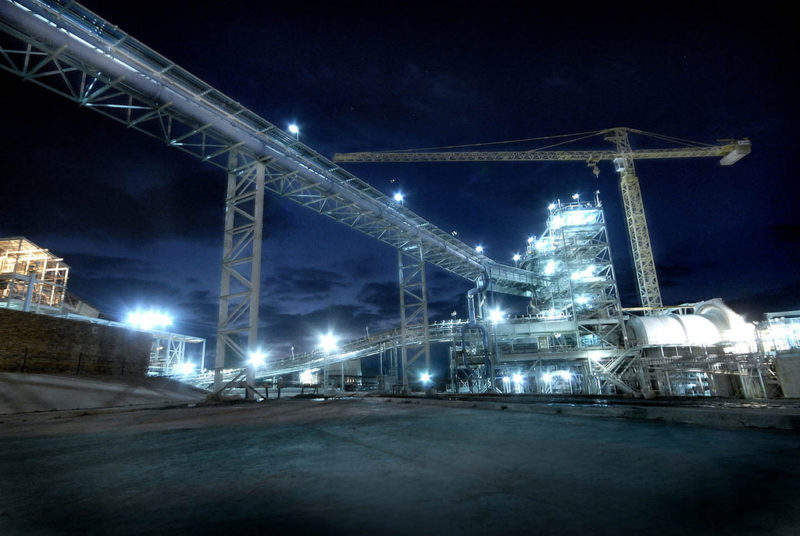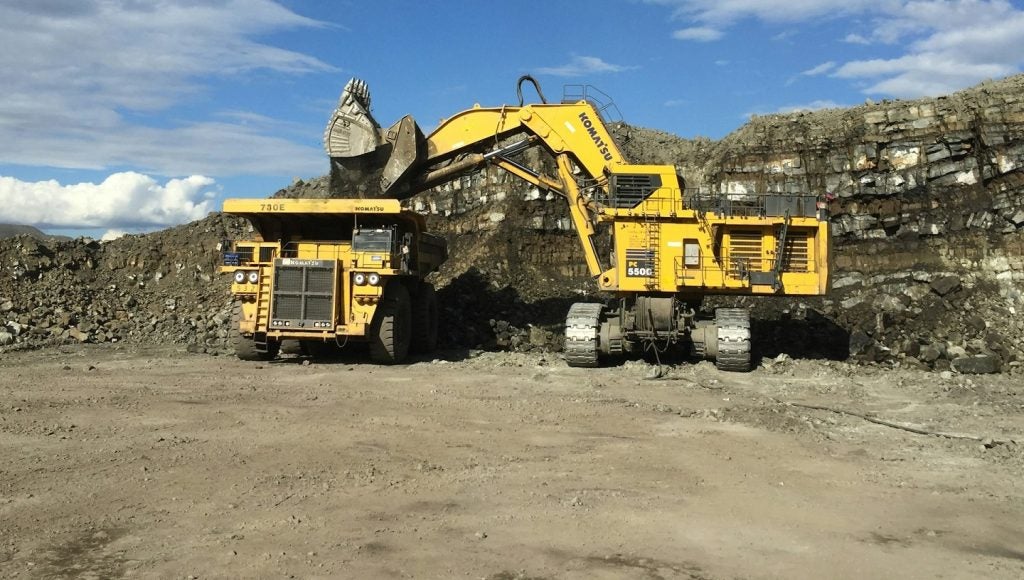
Over the years, the South African mining industry has been in a state of decline. Policy and regulatory uncertainty, labour disputes and climate concerns have all contributed to an overall inhospitable environment, and statistics from the Minerals Council South Africa show that in 2017, South Africa accounted for a ‘dismal’ 1% of total global exploration expenditure (as compared to 14% for Canada, 14% for Australia, and 13% for the rest of Africa).
Despite such unfriendly terrain, there is still a chance for the country’s resources sector to spring back, with gains in commodity prices this year bringing the industry back into profitability. Minerals Council SA says South African mining investment could almost double in the next four years, provided the country returns to the top quartiles of the most attractive mining investment destinations. To achieve this, exploration in the country needs to see a resurgence, and turning attention to new materials could be the way forward.
A hopeful industry
Globally, greenfield exploration has experienced a significant dip, with the majority of efforts centred around existing projects. With this trend echoed in South Africa, the country’s reputation on the global stage is – according to PwC South Africa partner Andries Rossouw- that of a mature mining sector with limited exploration potential. However, he believes this perception can be altered.
“South Africa as an exploration destination has a lot going for it in terms of existing infrastructure and sound judicial and financial systems,” says Rossouw. “The regulatory environment, although still with certain uncertainties, has improved since two years ago with much better interaction between the industry and regulators.”
Revitalising the industry would also not be hindered by a lack of resources, as estimates from the US Geological Survey and Council for GeoScience show large amounts of minerals still lie within South African land. Mining production is beginning to stabilise in the country, rising 2.4% from a year earlier, and predominantly driven by iron-ore’s production rise of 23.7%. Coal (the biggest contributor to total mining) rose 8.6%, and platinum-group metals rose 2.7%.
It is not only in traditional metals that the country’s resources sector has potential. It also plays host to deposits of minerals that are becoming increasingly important to meet new technological demands – such as rare earths, heavy minerals, and industrial minerals. Taking advantage of these newly popular materials is a clear development opportunity for industry members.
How well do you really know your competitors?
Access the most comprehensive Company Profiles on the market, powered by GlobalData. Save hours of research. Gain competitive edge.

Thank you!
Your download email will arrive shortly
Not ready to buy yet? Download a free sample
We are confident about the unique quality of our Company Profiles. However, we want you to make the most beneficial decision for your business, so we offer a free sample that you can download by submitting the below form
By GlobalData“There is nothing better to incentivise exploration than increases in price on the back of increased demand, as is evident from the lithium exploration spree,” says Rossouw. “As a country endowed with a concentration of commodities which could play an active role in the energy transition such as PGM’s, manganese, and vanadium, South Africa is uniquely placed to drive commercialising of new battery technologies. If widely rolled out, these new uses could fuel demand, increase prices and eventually lead to increased exploration.”
Similar sentiments were shared by Dr. Richard Viljoen, Technical Advisor, VM Investments\Bushveld Minerals, who says most growth opportunities lie in turning away from bulk commodities such as coal and iron ore, and towards battery materials.
“In revitalising the mining industry in South Africa, attention should – and already is to an extent – be turned to materials used in battery and related technologies,” he says. “South Africa has, in the world famous Bushveld complex (besides most of the world’s resource of chrome, platinum and palladium) 50% of the world’s vanadium resource.”
“As a consequence of the growing demand,” he adds, “the exploration for and mining of vanadium is expanding in the same way as platinum and chromium mining did several decades ago. The Bushveld also contains significant amounts of tin, tantalum fluorite and other rare metals including lithium.”
While these new minerals provide a lucrative opportunity, developing appropriate extraction methods is also crucial in the industry’s progression.
From ‘sunset’ to ‘sunrise’
The need to update South Africa’s mining technology was voiced at this years’ Joburg Indaba. Held in October, delegates’ general consensus favoured the industry’s renewed focus on technology and innovation, both in-house and downstream.
Speaking with a mining professor who wishes to remain anonymous, he says the current methods and processes followed by operations are costly and inefficient.
“The majority of mining methods in South Africa’s resources sector are still very labour intensive, and require hard physical work to extract the minerals – leading to low productivity and high injury possibilities,” he says. “For the resurgence in the mining industry to be possible, much more money needs to be spent on research for new technologies to ease the extraction of the minerals, productivity and safety.”
“It is essential that new mechanized mining methods for the narrow reef undergrounds are developed,” he adds, “otherwise the vast ore-reserves will be left behind because the conventional mining will become uneconomical (high labour cost) and a lot of reserves may be lost.”
Similarly, Rossouw says using technology to improve the labour-intensive practices in conventional operations is integral for future development, particularly in the extraction of gold.
“New technologies to extract less waste and more gold reef from underground, in a safer and more cost-efficient way, could make deep level gold mining competitive again,” he says. “Investment in new technologies and into the commercial application of them in mining could revive the gold industry and provide new opportunities for the PGM sector.”
A good example of the use of technology to expand operations is Orion minerals’ Prieska project, which found significant copper resources after the original mine was closed in the 1980s.
An environmental benefit
Harnessing materials integral to the clean energy transition would put the country in a good position on the world stage, as climate change is beginning to alter everything from consumer behaviour to future business models. Companies are beginning to look at longevity – considering which materials can be sustainably extracted over the years, and whether the carbon intensity of operations can be reduced.
Such a stance is echoed in a survey conducted by Accenture, in which 81% of respondents said purchasing decisions were made based on a supplier’s environmental efforts.
PwC’s 11th South Africa Mine report also stressed the need to seize opportunities to embrace and harness renewable technologies – despite their sometimes high costs. The conglomerate said the use of renewable energy to power mining operations is “increasingly being recognised as a viable technology”, and at the Indaba, Rossouw said restoring faith in the industry is reliant on miners finding “a balance between stakeholder needs and long-term sustainable operations”.
With mining contributing R350.8bn to GDP and direct employment for 456,000 people, the industry has clear potential to bring significant benefits to the country’s economy, and in exploring the relatively untapped abundance of battery minerals, a new lease of life for the industry is well within reach.





